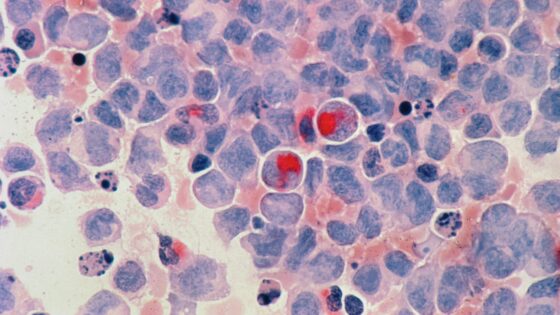New research published in the journal Nature Astronomy shows the first known evidence of a “head-on collision between two planets in a distant star system,” as reported by BBC News.
Canary Island astronomers who discovered the evidence were observing a star system located 1600 light years away from the Earth. The astronomers believe that two objects “smacked into each other”, creating an iron-rich world that is nearly 10 times the mass of Earth. The colliding planets were most likely travelling at more than 37 miles (60 kilometers) per second at the point of impact.
Co-author of the paper Dr. Chris Watson of Queen’s University Belfast said that the planetary system “would have been a violent place.” He tells BBC News. “We’ve found two planets in a very similar orbit around the same star, but with very different densities. One is rocky, the other is made up of much denser material, probably iron. The only way you can really explain that is that one of them had a rocky surface which was stripped off in a joint collision.”
The research findings could help solve the mystery of how planetary systems actually form and evolve somewhere in the universe.































